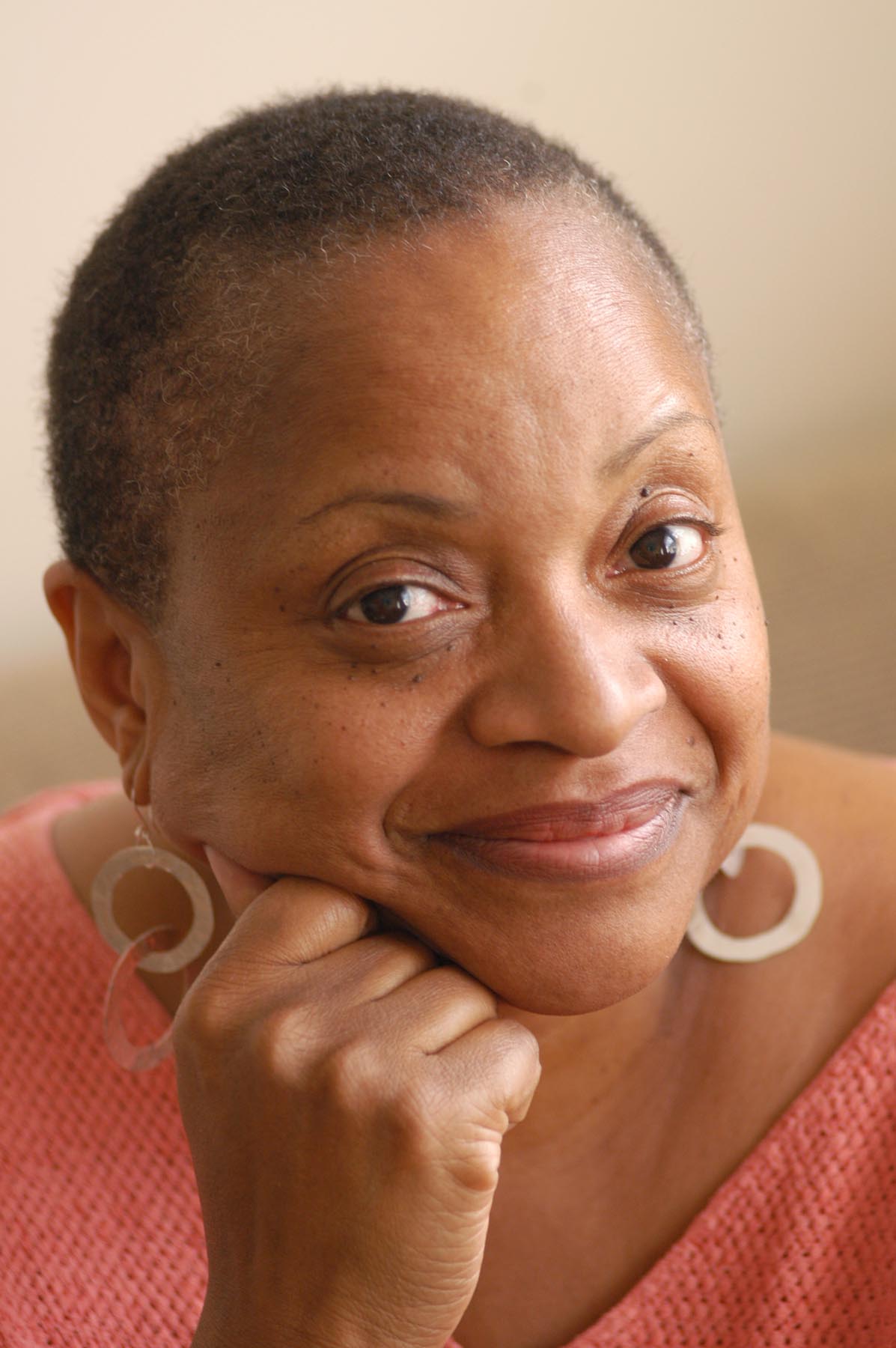
Last Wednesday, Dec. 1, Deborah Willis, P.H.D., presented a lecture at Kilworth Memorial Chapel titled “On Beauty: Critique and the Artist’s Response.”
At New York University, Willis chairs the Department of Photography and Imaging at the Tisch School of the Arts and has an affiliated appointment as a University Professor with the College of Arts and Sciences, Africana Studies. Willis has a career as both a prominent national historian in African American photography and as an art photographer, curating many exhibits. She has also garnered such honors as Guggenheim Fellow and Fletcher Fellow in 2005, MacArthur Fellow in 2000, the Anonymous Was A Woman Foundation Award in 1996, in addition to many more.
Willis’ presentation explored the assortment of ideas and methods used by critical thinkers in addressing the black body in photography, video, music, and film centered around the question of how the display of the black body affects how the world is seen and interpreted.
Willis also used her discussion and some case studies to help people reflect on how to teach and generate classroom discussions on the construction of beauty, gendered images, race, and hip-hop culture and on how race matters.
Willis argued in her presentation that the photographs used by African Americans were “images of self empowerment, self-determination, and self-recovery from the legacy of slavery and segregation.” She used a “historical gaze” to determine the “black body in contemporary society.” Willis presented examples such as beauty competitions, images of African American women in the press, W.E.B. DuBois’ use of photography “as a tool to support his sociological research and theories,” and many more. She also presented a connection between the image of the black female around 1900 and its portrayal circa 2000. “Specifically I am thinking about the female body in hip-hop culture and how there may be more similarities than we think among images of women at the beginning of each century,” Willis said.
“This is a great research project to suggest to students. Because it makes me think about how such images might have impacted what would become modern art in the next few decades, and the prominence of Paris in the making of it,” stated Willis.
